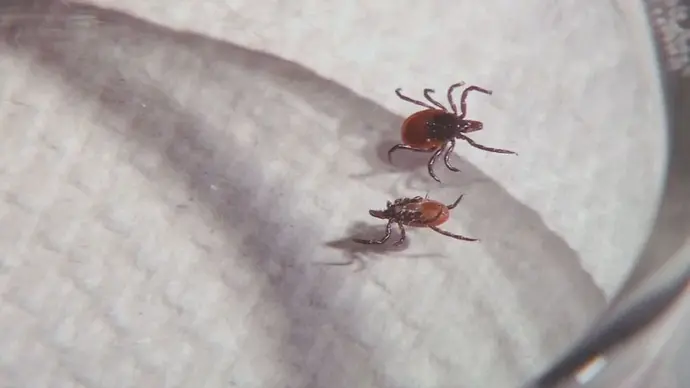T4K3.news
Deer deaths in Hamilton County prompt wildlife testing
Several dead deer with no visible injuries reported in Newtown; officials seek tissue samples to test for epizootic hemorrhagic disease.
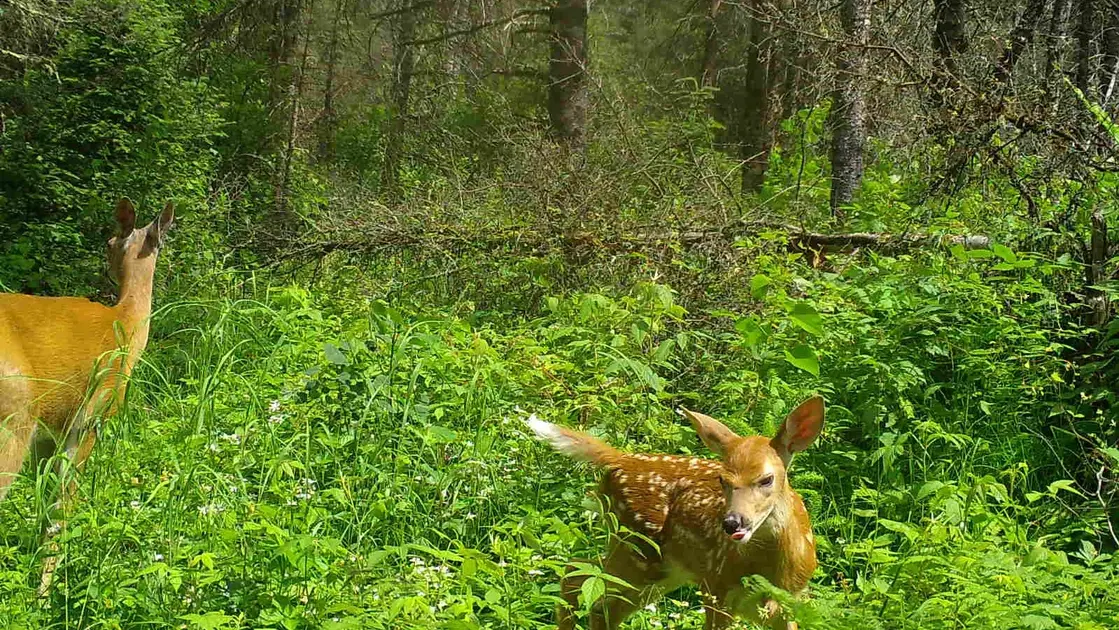
Several dead deer in Newtown prompt testing for a seasonal wildlife virus that could affect local deer populations
Deer deaths in Hamilton County raise concerns about wildlife disease
Several dead deer with no obvious injuries were reported to Newtown police over the past week, according to Police Chief Tom Synan. Officials with the Ohio Division of Wildlife say epizootic hemorrhagic disease, a viral infection spread by biting midges, is a possible cause during the current season. Testing relies on viable tissue samples, which may not be available if the deer have been dead for some time.
The reports have grown from about five to eight deer in the week prior to Aug 11 to around 10 in Newtown and nearby Anderson Township over a single weekend. While no confirmed cases have been verified in Hamilton County yet, officials caution that the disease remains a seasonal risk and that public reporting helps track its spread. The Division notes that viable tissue is needed to confirm a deer died from the disease, which can be difficult if carcasses are partially decomposed.
Key Takeaways
"Things can change quickly in the epizootic hemorrhagic disease world"
Beatty on disease volatility
"Deer populations usually bounce back within a few years"
Beatty on long term deer resilience
"There is no strong evidence that chronic wasting disease can spread to humans"
ODNR note on human risk
"Never kill or eat a sick deer"
ODNR guidance to the public
Public dashboards and field notes often hinge on what residents report. In this case, the surge in sightings underscores how quickly a local wildlife issue can move from a routine death to a potential outbreak concern. Officials emphasize cautious handling of sick deer and stress that tests are essential for diagnosis, even as tissue samples may not always be available. The episode also reflects how seasonal diseases circulate through deer populations and how regional patterns can shift with weather and ecosystems.
Looking ahead, the story highlights a tension between rapid public notification and scientific confirmation. While authorities want to avoid unnecessary alarm, they also need timely data to guide hunting regulations, wildlife management, and public safety. The broader question is whether Southwest Ohio will see an uptick in cases this year and how that may affect local wildlife management strategies.
Highlights
- Public reports are the data that tell us what is happening
- Things can change quickly in the epizootic hemorrhagic disease world
- Deer populations usually bounce back within a few years
- Never kill or eat a sick deer
Public health and wildlife risk from deer disease in Hamilton County
The reports touch on a seasonal wildlife disease that could affect local deer populations. While there is no confirmed human risk, the situation hinges on testing and public reporting, which could drive public concern and policy responses.
vigilance and data sharing will shape how communities respond to wildlife disease this season
Enjoyed this? Let your friends know!
Related News
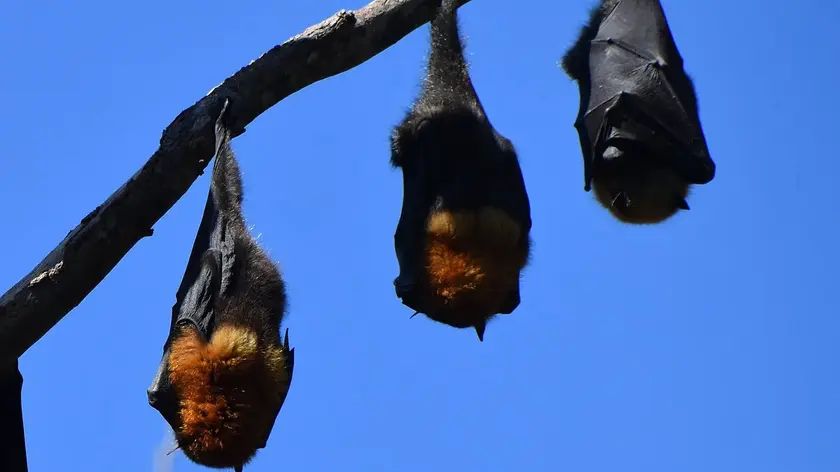
Rabies risk prompts nationwide warnings

Plague case confirmed near Lake Tahoe
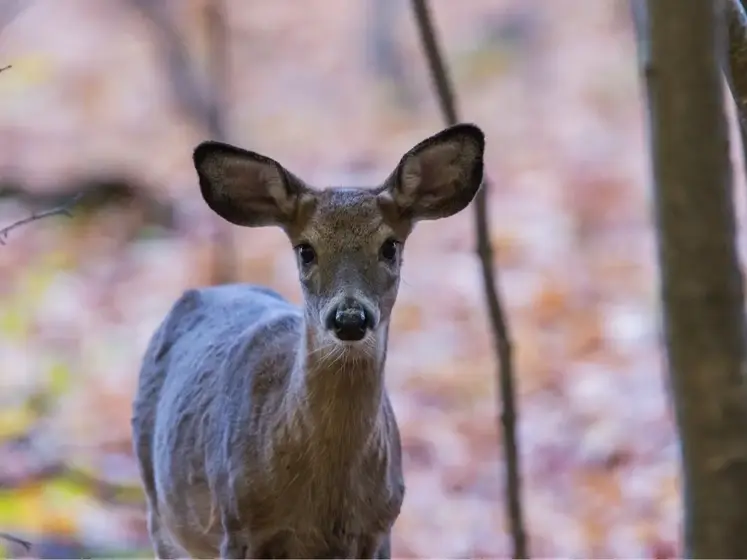
Rabies detected in Waterford deer

Plague case confirmed in South Lake Tahoe
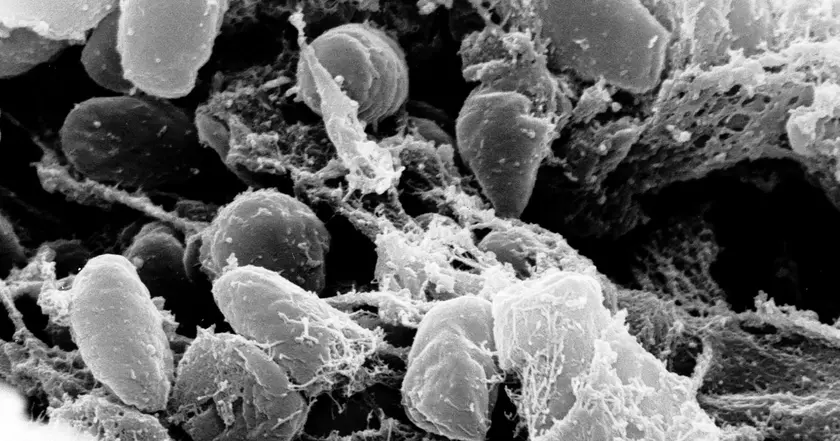
Plague case confirmed in Tahoe resident
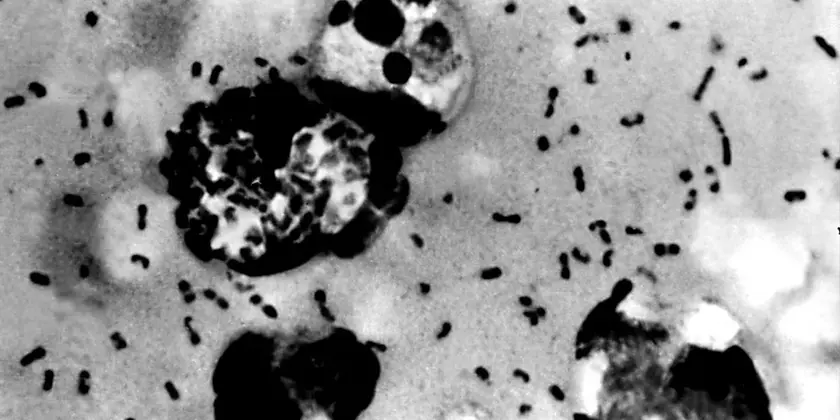
Plague case reported in South Lake Tahoe

Convictions Dropped in Chris Paul Grandfather Death
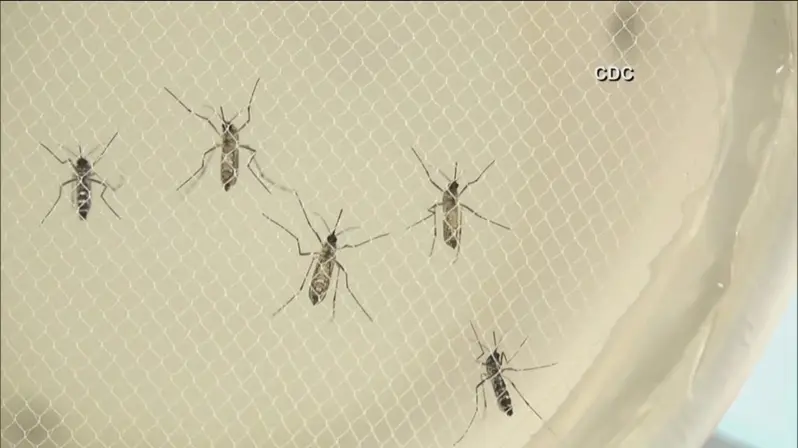
West Nile death in Idaho prompts health alert
